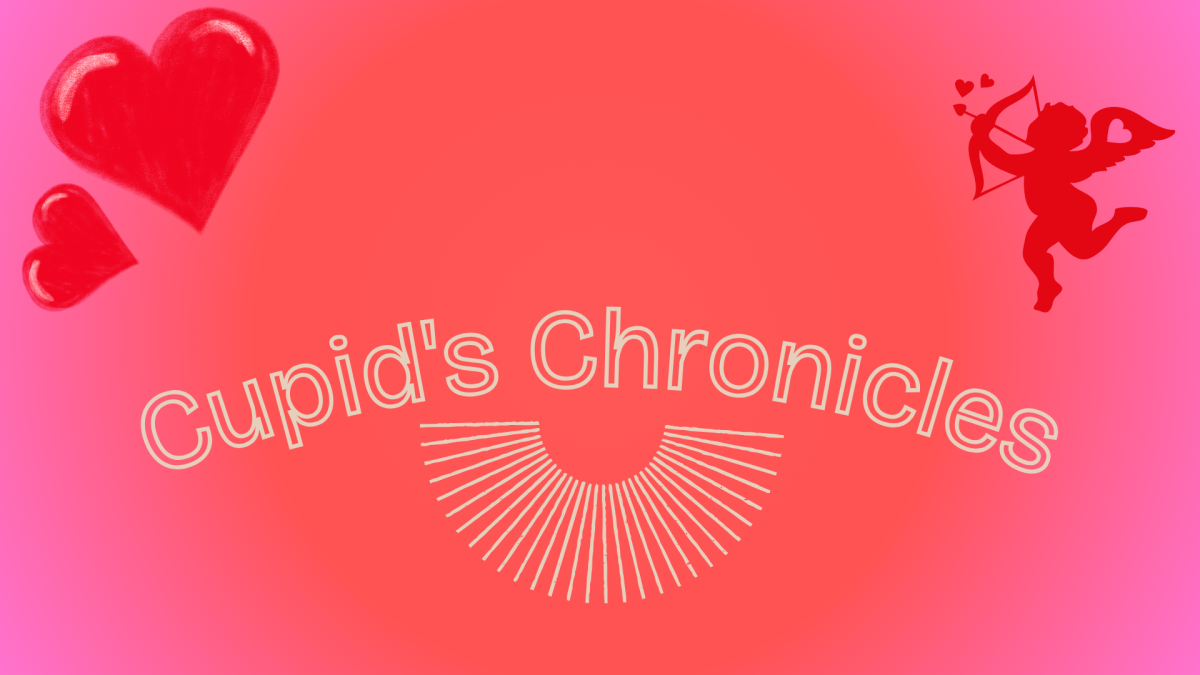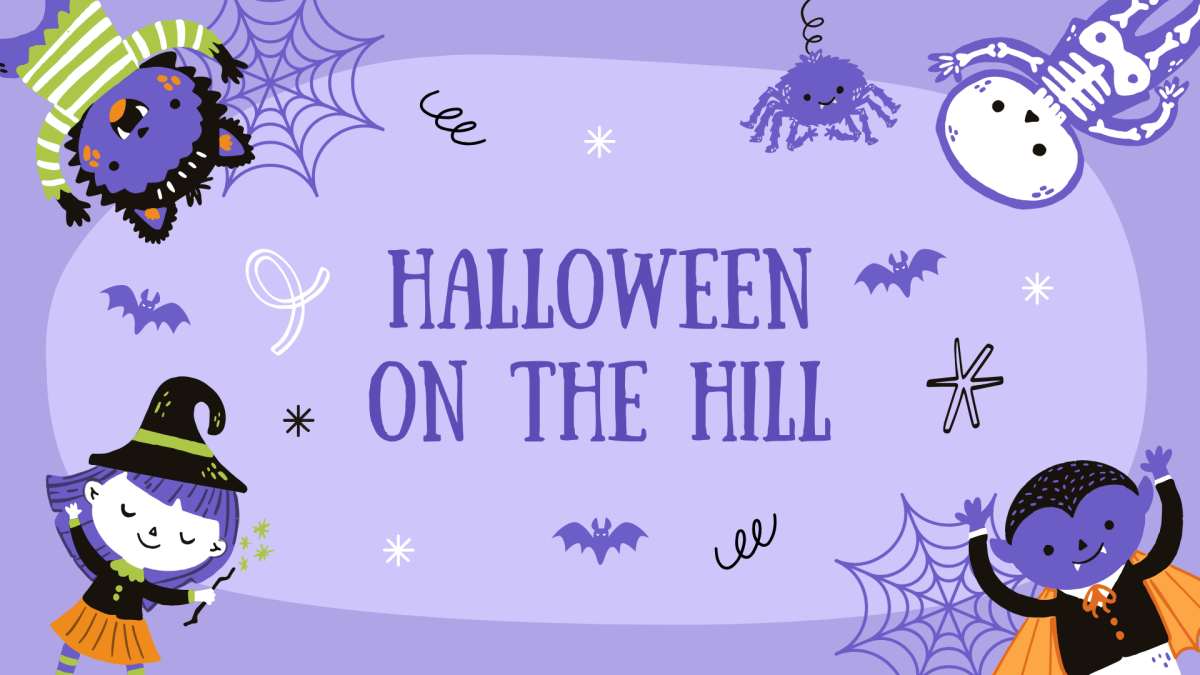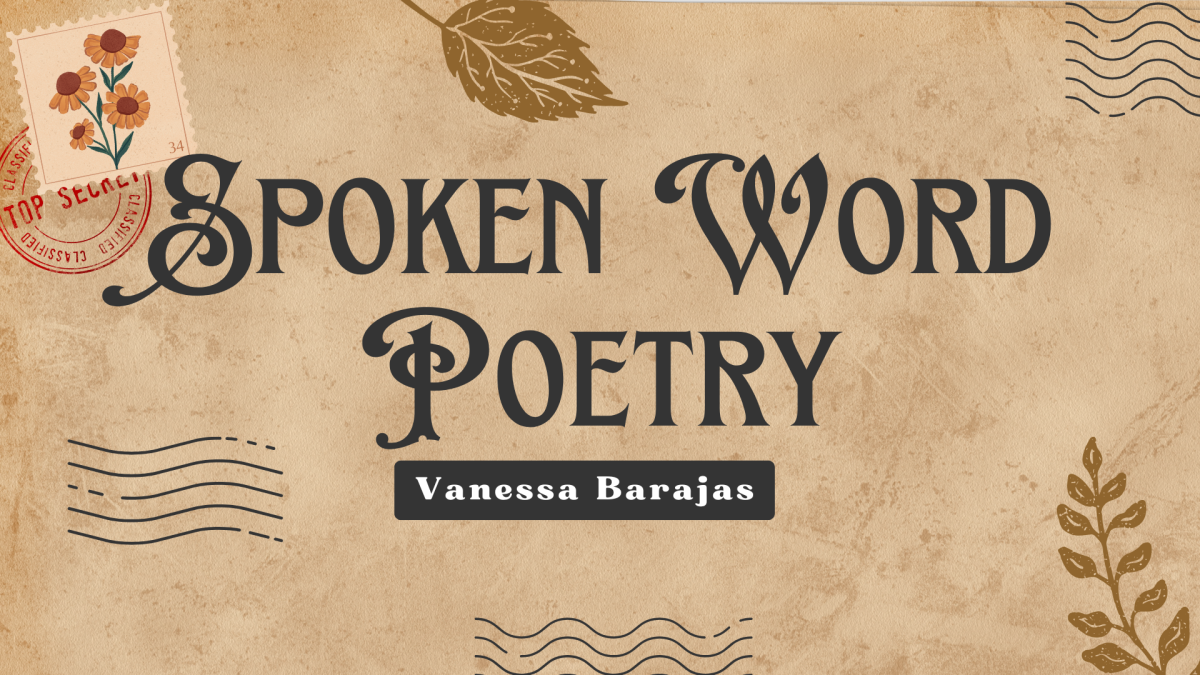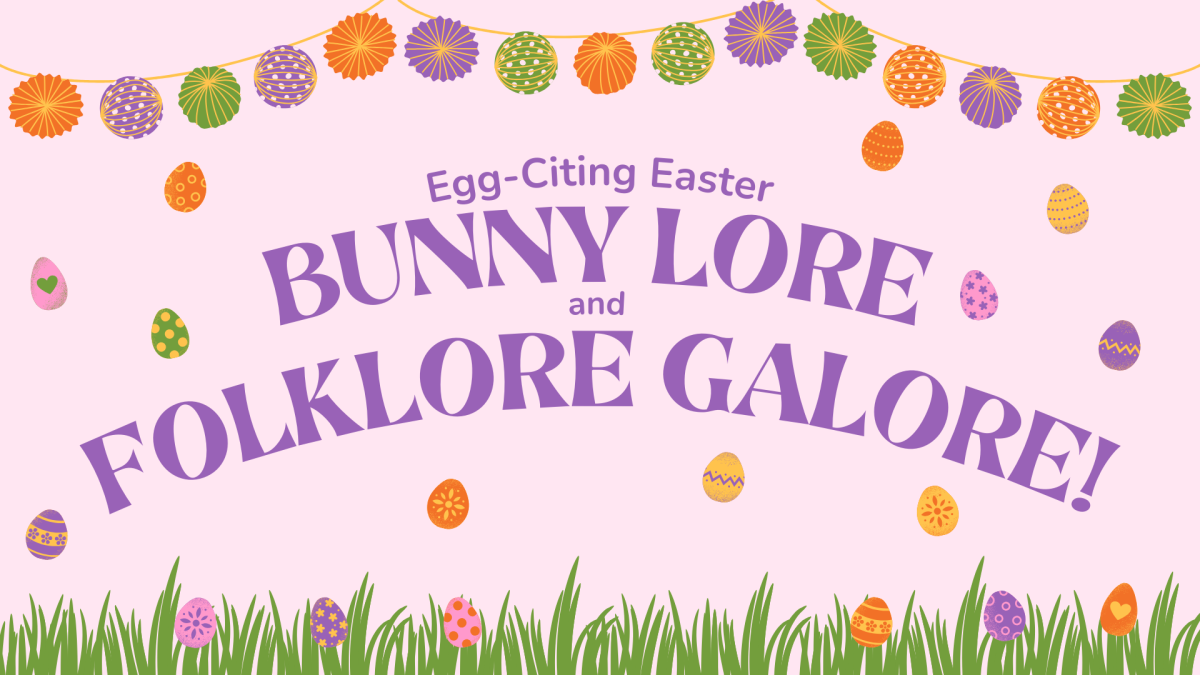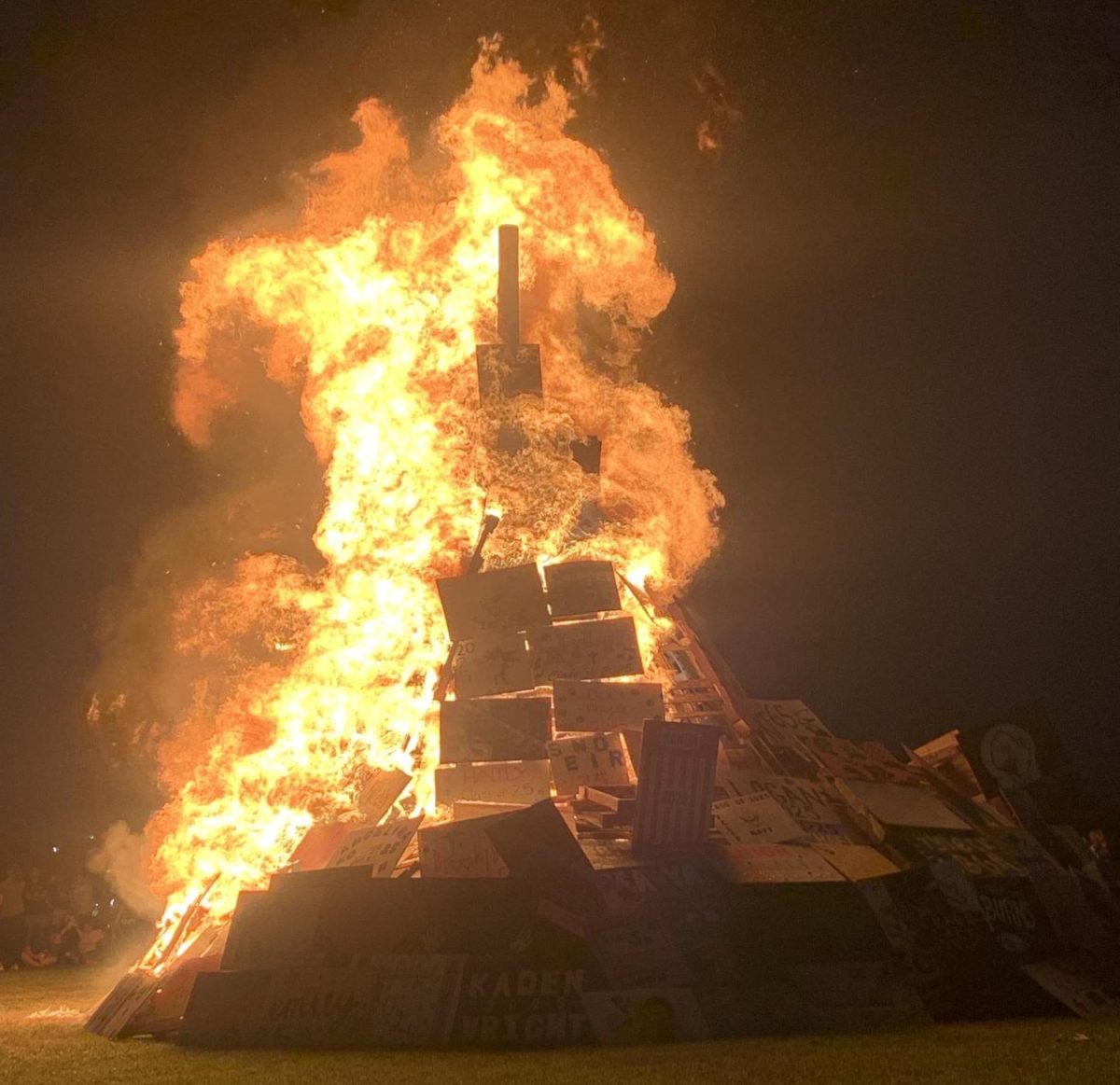As the spring season unfolds and the air fills with the sweet scent of blossoms, Easter emerges as a time not only for celebration but also reflection on the folklore that brightens this cherished holiday.
It’s not just about colorful eggs and fluffy bunnies; it’s a celebration intertwined with rich folklore and ancient traditions. Originating from various cultures and beliefs, the folklore surrounding Easter adds depth to the holiday’s significance.
One common aspect is the symbolism of the Easter egg. According to historians at History.com, eggs have been associated with springtime celebrations for centuries, representing fertility and rebirth. Ancient Persians, Greeks, and Romans exchanged eggs during spring festivals, a tradition adopted by early Christians as a symbol of Jesus Christ’s resurrection. The tradition of decorating eggs dates back to at least the 13th century, with intricate designs adorning these symbolic eggs.
Another fascinating aspect is the legend of the Easter Bunny. As per the Encyclopedia Britannica, the Easter Bunny has its roots in German folklore. Originally, it was the Easter Hare, symbolizing fertility and new life. German immigrants brought this tradition to America in the 1700s, where it evolved into the Easter Bunny we know today. Today, children from all over eagerly anticipate the Easter Bunny’s visit, hoping to find those hidden eggs and yummy treats!
Now, an uncommon and probably unheard tradition is the custom of Easter bonfires. Strange right? But despite how odd this may seem, this actually carries ancient significance. As noted by National Geographic, lighting bonfires on Easter Eve is a tradition observed in various parts of Europe. These fires symbolize the triumph of light over darkness and the arrival of spring. Communities gather around the bonfires, sharing food and stories while welcoming the season of renewal.
Adding to the enchantment of Easter folklore is the tale of the Easter Lamb. According to journalists of IrishCentral.com, in some cultures, the lamb symbolizes purity and sacrifice, reflecting the Christian belief in Jesus Christ as the sacrificial Lamb of God. The tradition of serving lamb dishes during Easter meals dates back centuries and is still observed in many parts of the world today.
In Ireland and other parts of Europe, the Easter Cuckoo holds significance. Again, an unheard of but yet present lore. According to journalists from the IrishCentral, the Cuckoo bird’s arrival during Easter symbolizes the beginning of spring and the renewal of nature. Its distinctive call marks the changing seasons and is eagerly awaited as a harbinger of warmer days ahead.
Essentially, In today’s modern world Easter celebrations vary widely, reflecting diverse cultural and personal traditions. Some may focus on religious observances, attending church services and participating in prayer, while others may enjoy festivities like egg hunts and family gatherings. Despite these differences, the underlying themes of renewal, hope, and community remain central to Easter celebrations worldwide.
Ultimately, Incorporating these elements into Easter celebrations enriches the holiday experience, connecting us to our ancestors and their traditions. Understanding the folklore behind Easter deepens our appreciation for its cultural significance and reminds us of the enduring legacy of ancient customs. Whether through religious reverence or festive parties, Easter continues to unite people of all backgrounds in a variety of joyous celebrations.
